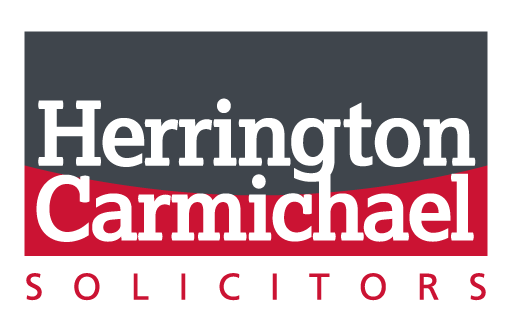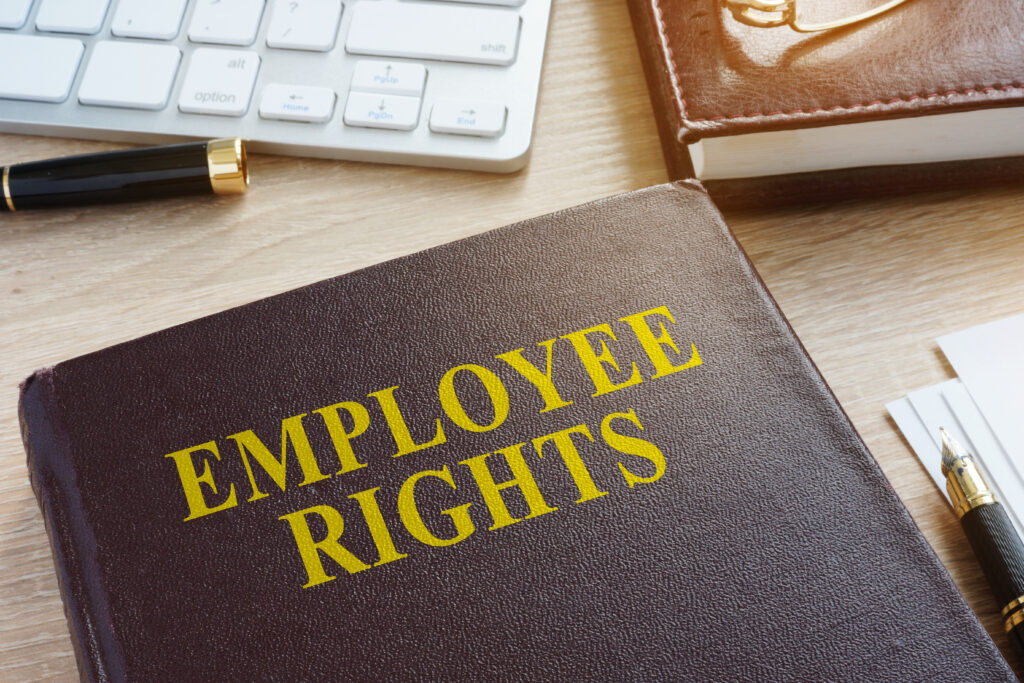If you are a Landlord or Tenant of commercial premises, it’s important to understand the different ways a business can occupy commercial property and the Tenant’s rights at the end of the lease.
This article explains:
- The three main ways in which a business can occupy a property:
- Tenancy protected by the Landlord & Tenant Act 1954 (“LTA 1954”)
- Tenancy contracted out of the LTA 1954
- Licence
- The implications when occupation continues beyond the end of a lease term.
1. Tenancy protected by the Landlord & Tenant Act 1954 (‘LTA 1954’)
The default position is that a business tenancy is protected by the LTA 1954. If a building is exclusively let to a Tenant and a rent is paid, that will usually create a tenancy which has the protection of the LTA 1954 unless the contracting out process is followed (described in section 2 below) or an exception applies. Different rules apply to tenancies where there is a mix of commercial and residential accommodation, agricultural properties, mines, the Crown, leases for less than 6 months and in other limited circumstances.
If a tenancy is coming to an end and the Landlord intends to continue letting the property to business tenants, then when the lease ends the Landlord cannot evict the existing Tenant and install a new one, without satisfying the limited grounds allowed by the LTA 1954.
Our lawyers can explain the limited grounds for possession to you, but in summary if the Tenant is not in significant breach of their Lease, or the Landlord has no plans to redevelop or use the property itself, then the rights under the LTA 1954 mean that the Landlord may be obliged to grant a new tenancy to the existing Tenant on broadly the same terms at an open market rent.
Until a new lease is granted, the tenancy will automatically continue until it is terminated in one of the ways permitted by the law described below. Which can be a long process.
2. Tenancy contracted out of the LTA 1954
The legal provisions that give the Tenant security of tenure under the LTA 1954 can be excluded by following specific procedures when the lease is granted. A lease created using these procedures is often referred to as a “contracted-out” lease. I.e. contracted out of the rights given by the LTA 1954.
This type of lease is essentially a contract for use of the land or building for the period stated in the lease.
At the end of the lease the Tenant has no right to remain at the property. The Landlord can require the Tenant to leave – or only allow the Tenant to remain at the property if the Tenant agrees to the rent and other terms the Landlord chooses to offer.
If a Landlord takes no action after the lease ends and lets the Tenant stay but receives rent, there could come a point at which the Tenant may acquire LTA 1954 rights described at section 1 above. The Tenant could gain rights to demand a new lease protected by the LTA 1954.
3. Licence
A licence is a simple contract for the use of property.
A licence is typically where the occupier (called a “Licensee” rather than a “Tenant”) does not have exclusive right to possession of the property and has only the rights stated in the licence agreement.
If a Landlord (Licensor) wishes to ensure an agreement is a Licence and not a Lease it will seek to:
- Retain control over the premises – e.g., by granting only a right to use a shared space or reserve the right to move a licensee to another part of the building.
- Ensure that there is no exclusive possession – e.g., by allowing the Landlord or others (such as the Landlord’s cleaners) to access the space regularly.
- Use flexible language – avoid terms like “tenant” and “demise”.
- Provide for a short duration and easy termination – maintain a rolling arrangement or ability to revoke at will.
Even if a document is named a ‘licence’, the arrangement that follows could possibly be a tenancy protected by the LTA 1954 if the Licensee has:
- Exclusive possession of a building or part of a building
- For a fixed or periodic term
- At rent (though not always required)
It is the nature of the document, rather than the title, that determines whether you have a lease or a licence.
If a licence comes to an end and the occupier (Licensee) continues to occupy and pay “rent”, the Licensee may eventually acquire LTA 1954 Act rights described at section 1 above. For more details on occupation of a property after a licence or lease comes to an end please see our article here.
For more information specifically on how to terminate a business tenancy or licence please see our article here.
Landlords and Tenants are free to agree a new lease or licence at any time. Our Real Estate department would be pleased to assist Landlords or Tenants in creating a new lease or licence if terms have been agreed.
We can provide legal advice for your specific circumstances. For advice or more information please contact us.
Edward Jones – Specialist real estate dispute resolution lawyer with 25 years’ experience of property disputes.
Jed Temple – Qualified Solicitor with 17 years prior experience as a surveyor.








